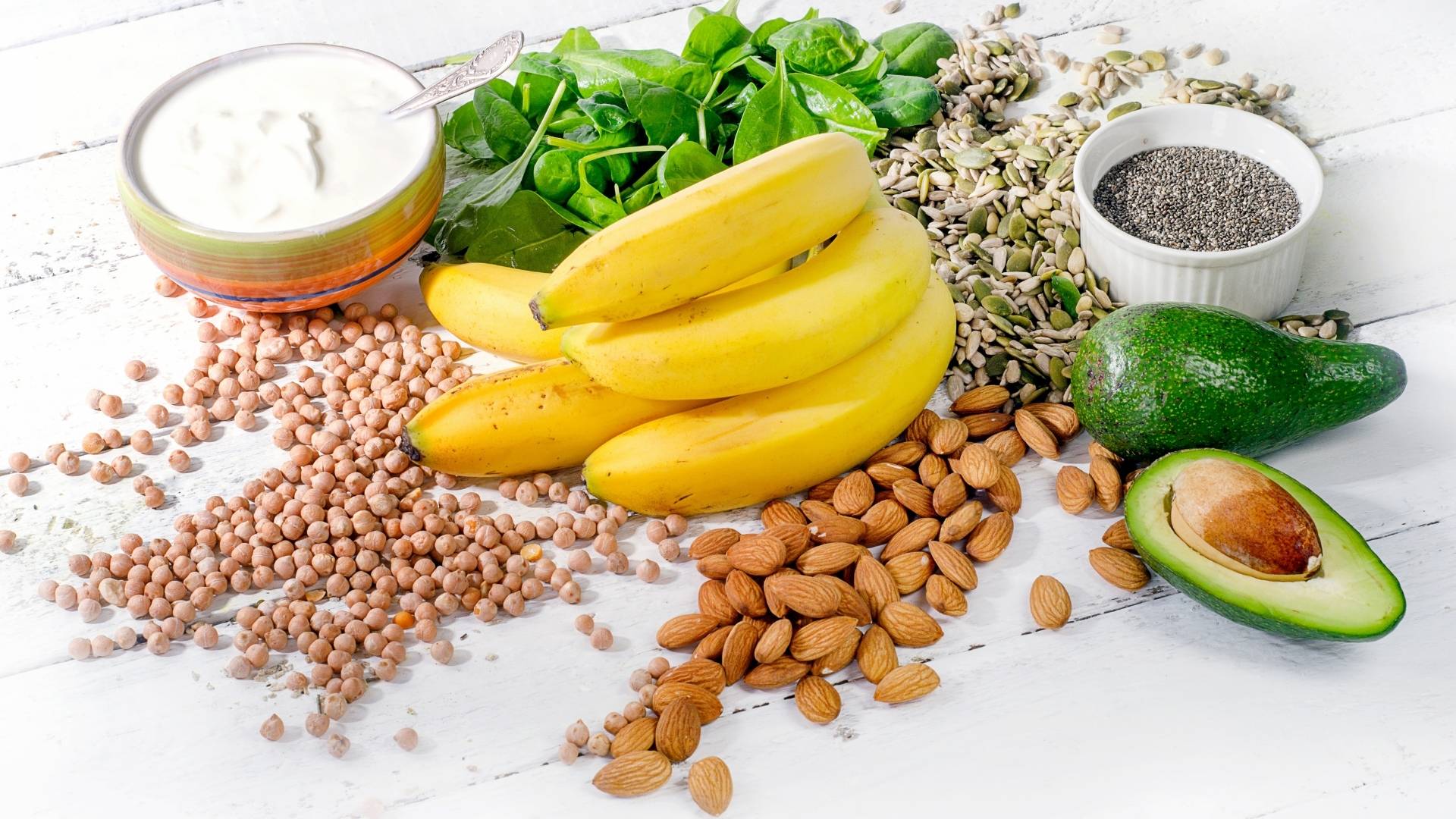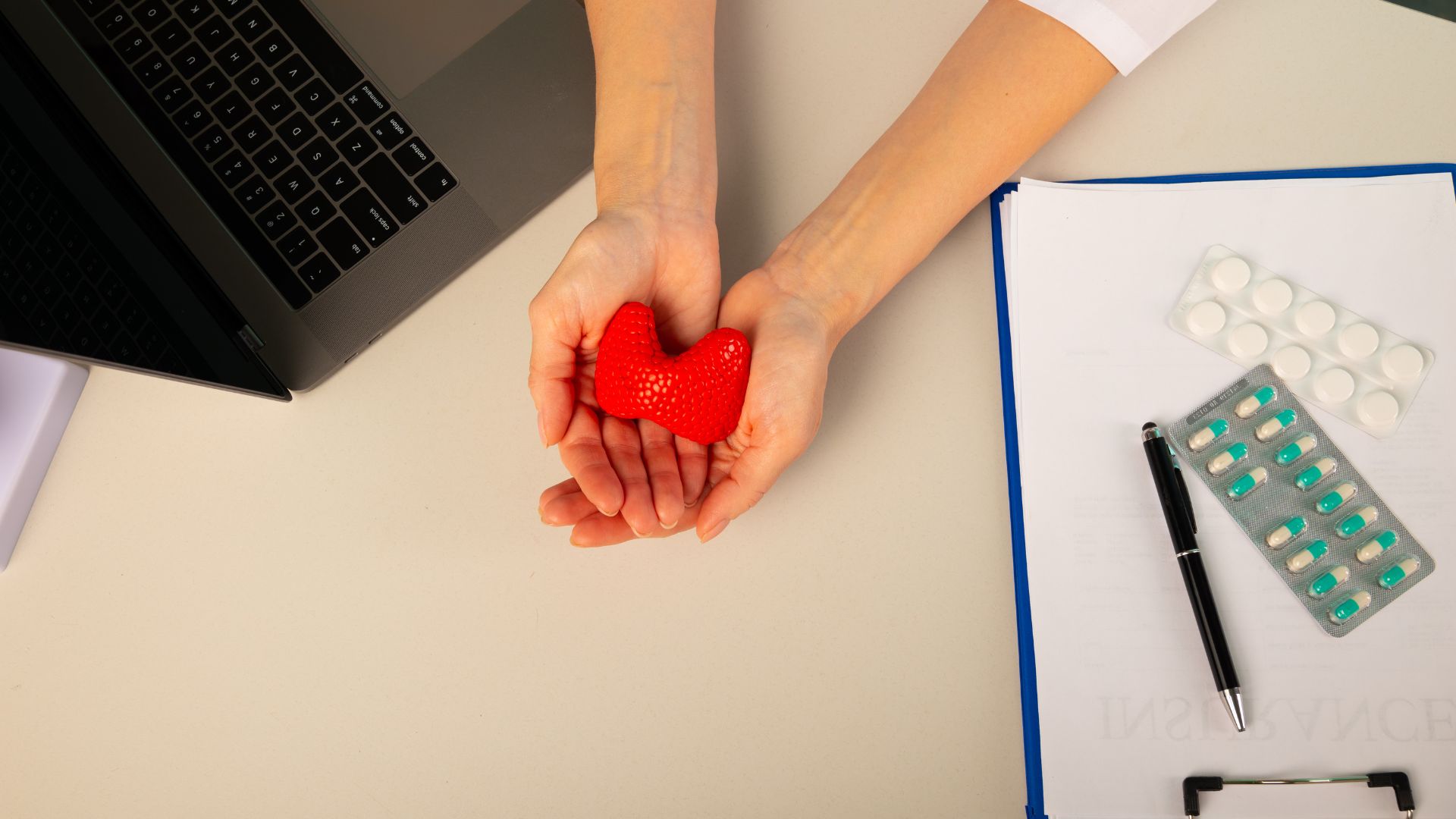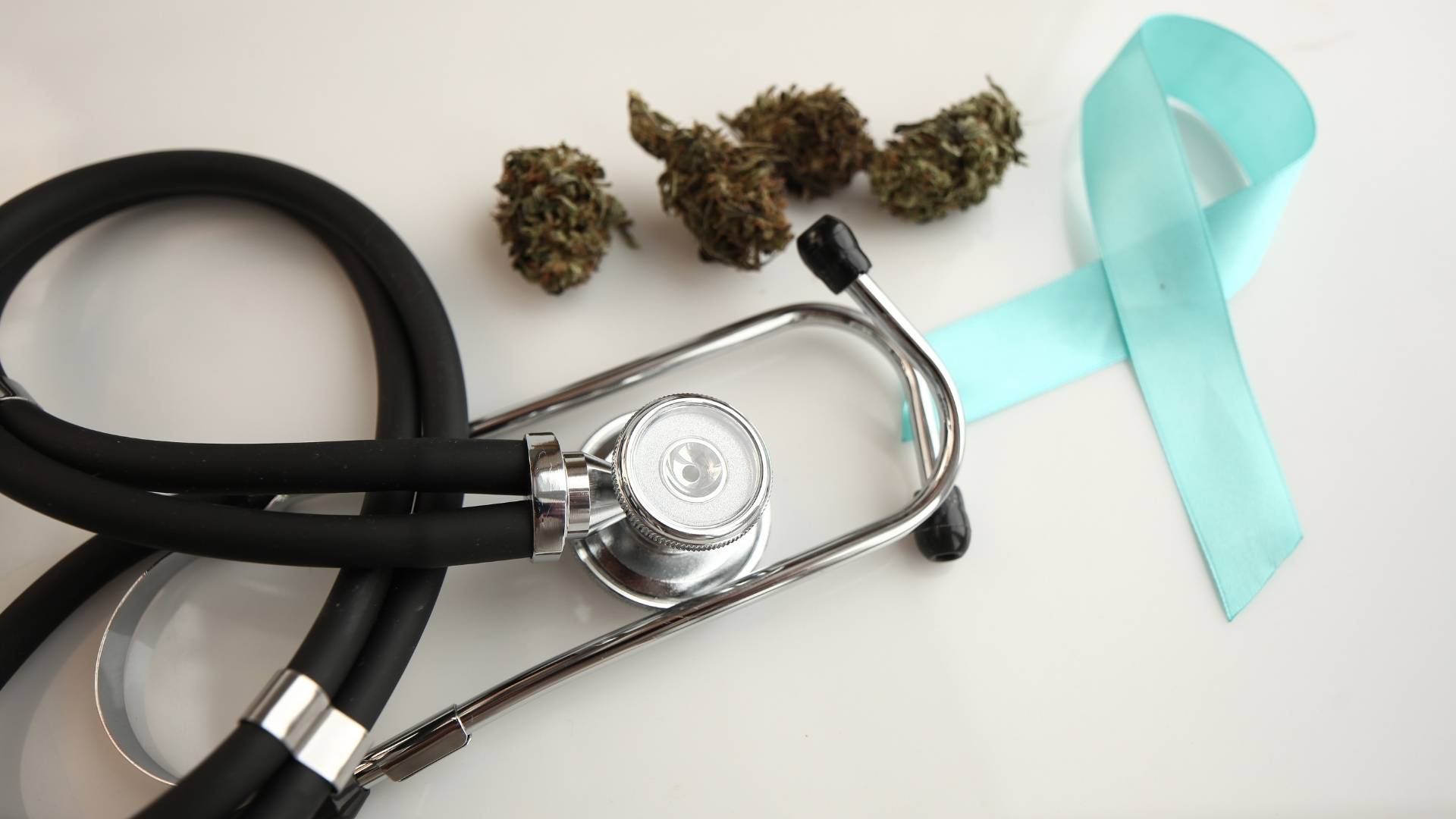Our bodies are made up of 100 trillion cells that perform billions of reactions per second each and every day. Oxidation is a normal process by which our body uses oxygen (hence the term oxidation) for energy metabolism. During virtually every cell function, including the creation of ATP (our body’s energy currency) electrons are passed back and forth between atoms. Free radicals are formed as a by-product of these reactions. Free radicals are atoms with unpaired electrons which are highly unstable and short lived.
Oxidative stress (or oxidant stress) represents a cellular aggression due to free radicals, reactive oxygen species (ROS), and reactive oxygen and nitrogen species (RONS). Oxidative stress is involved in most diseases, from inflammation to cancer. In order to control it, it is important to detect it and to understand its origin.
What factors cause oxidative stress?
Many factors cause oxidative stress via free radical damage some of which include:
- Stress
- Physical, mental or emotional
- Poor dietary and lifestyle factors
- Highly processed, high fat, high glycemic foods
- Inadequate amounts of physical activity
- Smoking
- Environmental contaminants
- Air and water pollutants including heavy metals and radiation
- Soil contaminants
The Su.Vi.Max study demonstrated that administering related antioxidant supplements at nutritional doses reduced the incidence of cancer; this contrasts with the sometimes harmful effects of mono- or bi-therapeutic approaches consisting of high-dose antioxidant tablets.
The α-tocopherol compound protects lipoproteins against ROS. The γ-tocopherol compound exerts strong anti-radical effects against RONS. Long-term use of α-tocopherol supplements, intentional (diet supplement) or not, disturbs the metabolism of the γ fraction and results in an elevated α:γ ratio.
All of the 5-caratenoids and xanthophylls have three functions: provitamin A (except for lutein/zeaxanthin and lycopene), antioxidant, and quantitative and qualitative markers of nutritional variety (fruits and vegetables). Any disturbance in the carotenoid panel suggests a state of oxidative stress (tobacco, inflammation, xenobiotic, etc.) or an inadequate diet/digestive process. As such, the recommendation is to consume at least 600 g of fruits and vegetables, of at least five different colors, per day (half a plate) and to vary the way that they are prepared.
VITAMIN |
EFFECT |
SOURCES |
| Vitamin A | Sight, immunity, fertility, growth, cellular differentiation | Dairy-products, liver, eggs, cod liver oil |
| Vit E α-tocopherol | Antioxidant (oxidative stress) | Sunflower seeds, wheat germ |
| Vit E γ-tocopherol | Antioxidant (nitrosative stress) | Polyunsaturated vegetable oils, seed oils |
| β-carotene (cis+ trans) | Anti-cancer nutritional marker | Carrots, sweet potatoes, parsley, watercress, lettuce, spinach |
| α -carotene | Anti-cancer nutritional marker | Green legumes, carrots, oranges |
| Lycopene | Skin (UV), cardiovascular, and prostate protection | Tomatoes, pink grapefruits, water-melons |
| Lutein/zeaxanthin | Sight, macular protection (AMD) | Egg yolk, vegetables (spinach, kale, cress, peas, corn) |
| β -cryptoxanthin | Anti-cancer nutritional marker | Green leafy vegetables, mangos, peaches, apricots, citrus fruits,peppers |
With a specific blood analysis, we will detect and measure the pro-vitamins, carotenoids, and lipophilic antioxidants found in food. In details we will analyze the following indicators:
- Vitamin A (retinol)
- Vit E alpha-tocopherol
- Vit E gamma-tocopherol
- Vit E alpha/gamma
- Cholesterol
- Vit E/CHO
- Beta-carotene
- Alpha-carotene
- Lycopene
- Lutein + zeaxanthin
- Beta-cryptoxanthin








